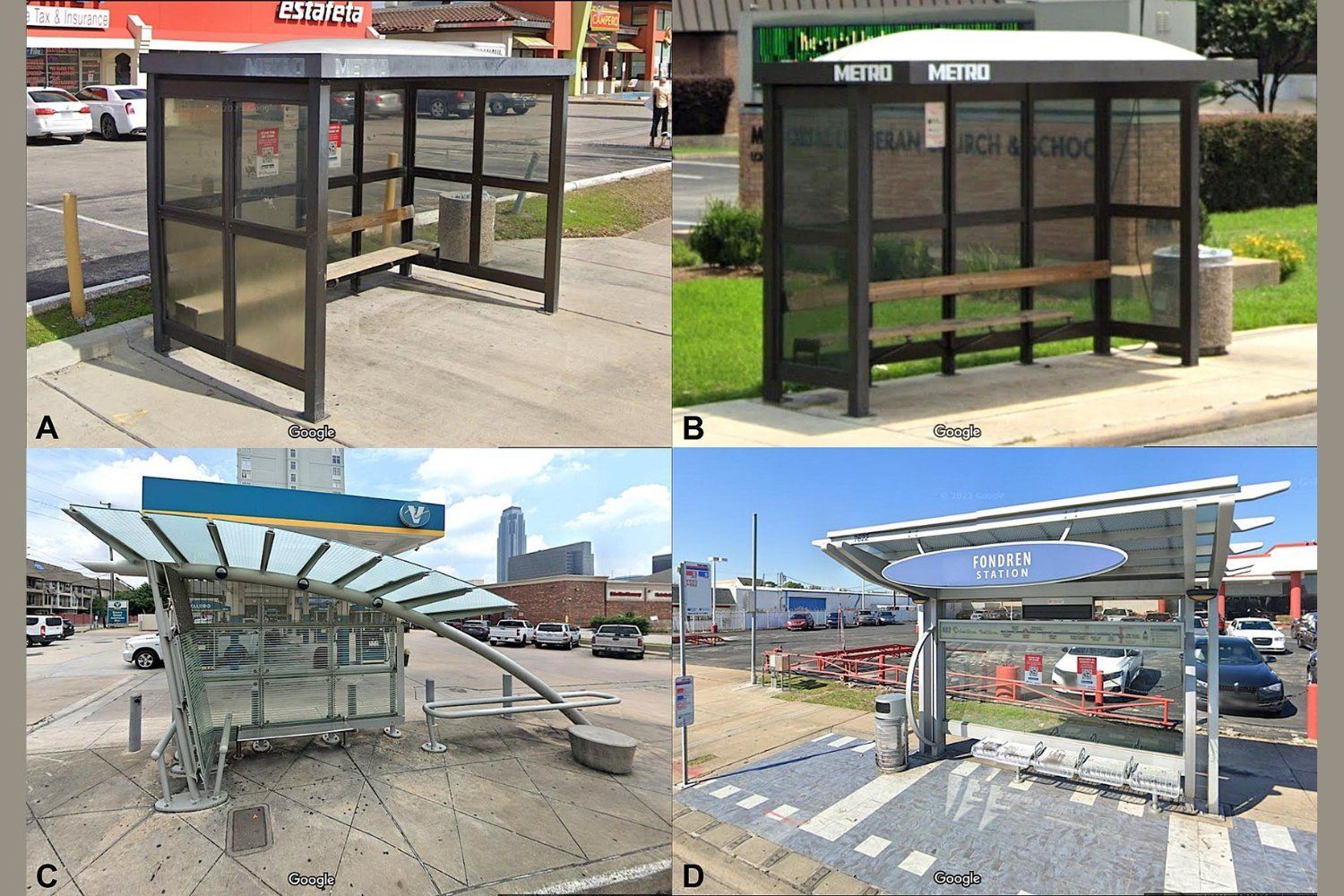Imagine waiting for the bus on a scorching summer day. You seek refuge in a bus shelter, hoping its shade offers relief from the intense heat. Surprisingly, new research reveals that this isn’t always the case. In fact, some shelters can exacerbate the heat, making an already uncomfortable situation even worse.
A recent study conducted by researchers at the University of Texas Health Science Center at Houston examined the impact of bus stop shelters and trees on heat stress. The research, published in Transportation Research Part D: Transport and Environment, involved measuring heat stress at various bus stops in Houston during a heatwave in July and August 2023. Their findings highlight crucial implications for public health and the design of future bus stops.
Heat Stress: More Than Just Temperature
“Heat stress involves a combination of factors, not just the air temperature,” explained co-author Kevin Lanza in a statement. Factors like direct sunlight significantly contribute to heat stress. Prolonged exposure to extreme heat, especially with high humidity, can lead to heat stroke.
Trees vs. Shelters: A Cooling Comparison
The study, the first of its kind to utilize ground measurements to assess the impact of shelters and trees on heat stress at bus stops, analyzed four different shelter designs and the presence of trees at 17 Houston bus stops. Data was collected in both shaded and unshaded areas when temperatures ranged from 95 to 103 degrees Fahrenheit (35 to 39.4 degrees Celsius). The researchers considered variables like time of day, shelter design, and tree canopy coverage, and recorded wet bulb globe temperature (WBGT), a comprehensive measure of heat stress.
The Unexpected Heat Trap
The average WBGT in unshaded areas was 92.5 degrees Fahrenheit. While shade generally reduced WBGT, the effectiveness varied. Tree shade and a stainless steel shelter with a roof and glass walls provided the most cooling, decreasing WBGT by 5.9 degrees Fahrenheit. However, shelters with aluminum frames, domed roofs, and translucent acrylic walls performed poorly. One design lowered WBGT by only 1.6 degrees, while another similar design with a larger, shallower dome and overhanging roof reduced it by 2.9 degrees. Alarmingly, when a shelter wasn’t shaded, the WBGT beneath it was actually 5.2 degrees higher than in unshaded areas.
Lanza explained, “The enclosed acrylic walls and metal trapped radiation inside the shelter, creating an oven-like effect.” This finding underscores the importance of strategic shelter design.
The Importance of Trees
This research reinforces the numerous benefits of urban trees. Planting trees at bus stops offers a simple and effective way to mitigate heat stress and create more comfortable waiting environments.
Designing Cooler Bus Stops
This study provides valuable insights for urban planners and public health officials. Prioritizing tree planting and carefully considering shelter design can significantly improve the comfort and safety of public transportation users, particularly during hot weather. The research clearly demonstrates that poorly designed shelters can worsen heat stress, highlighting the need for evidence-based design solutions.











